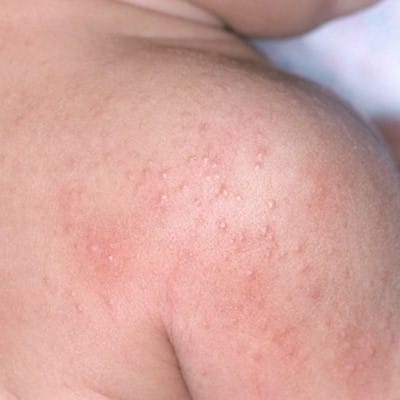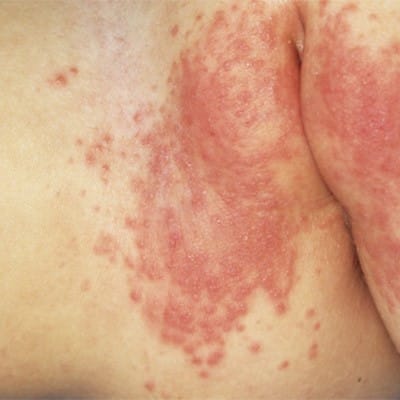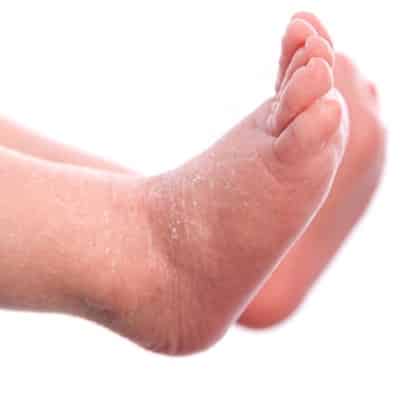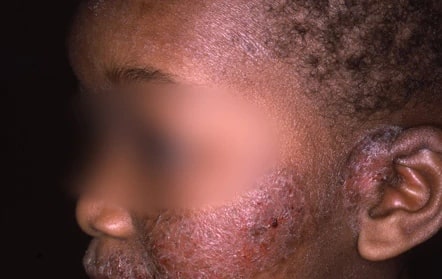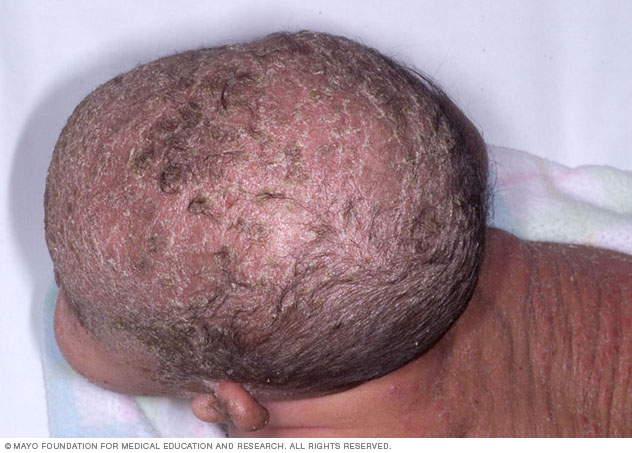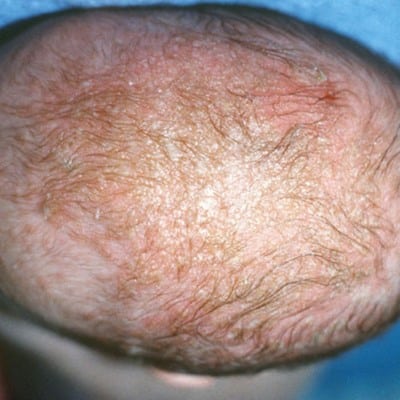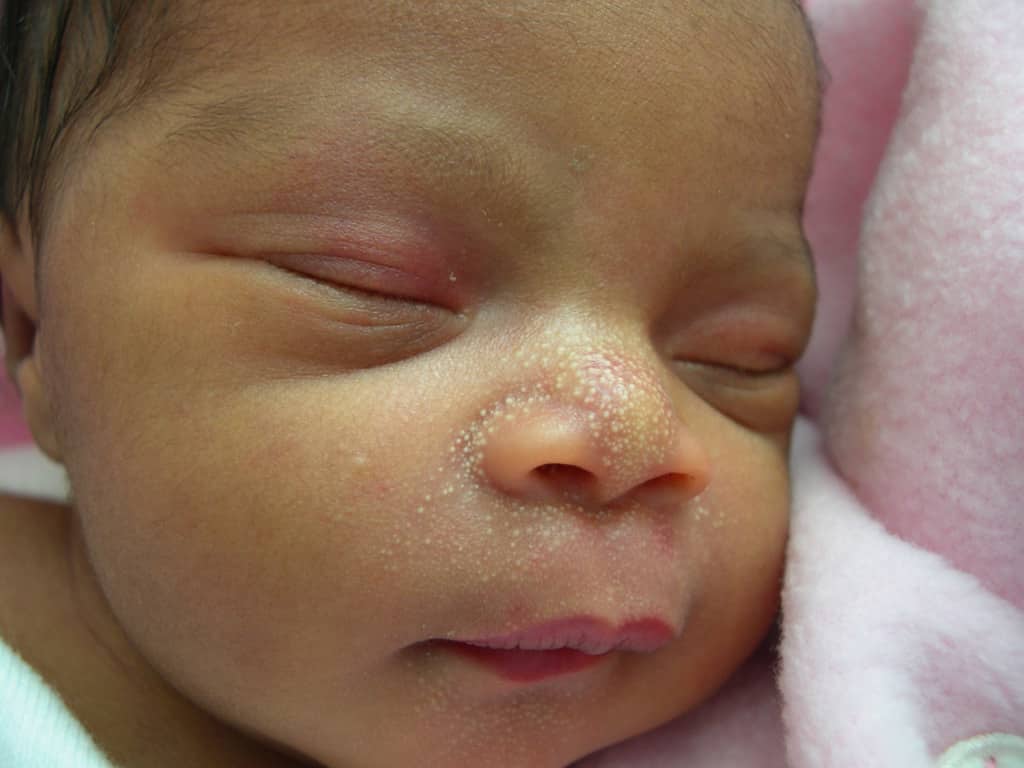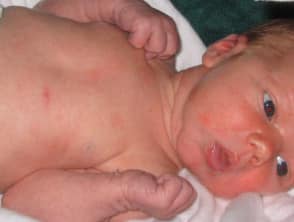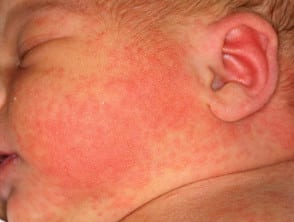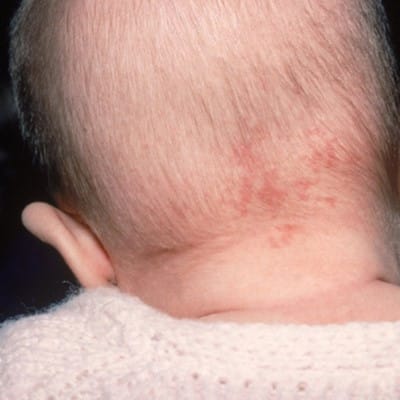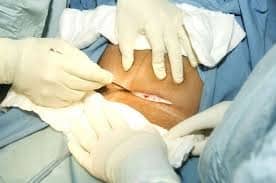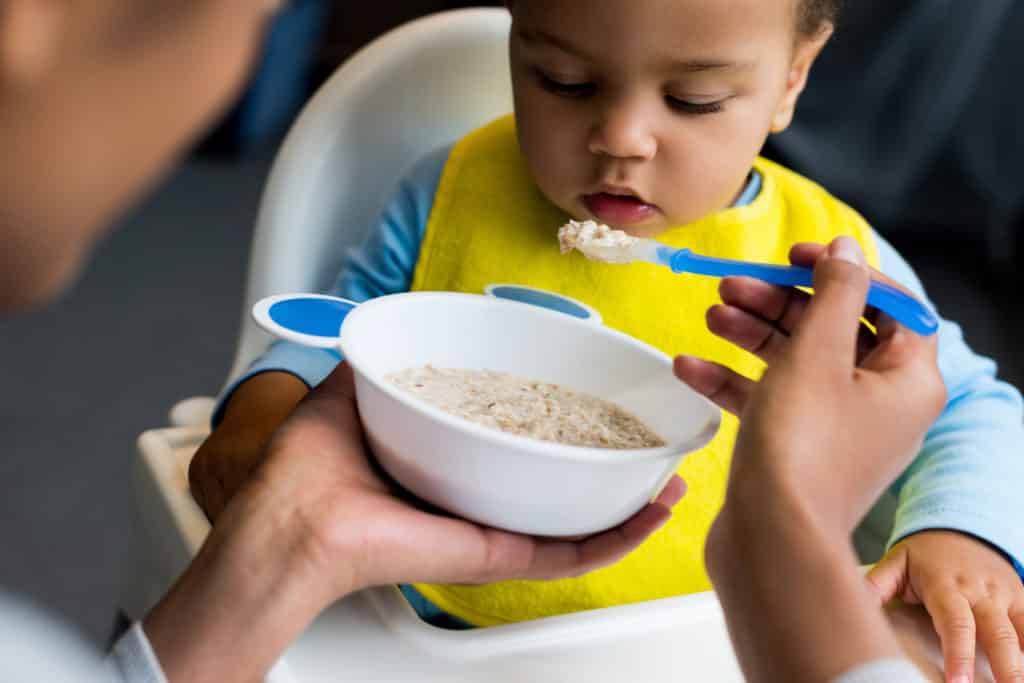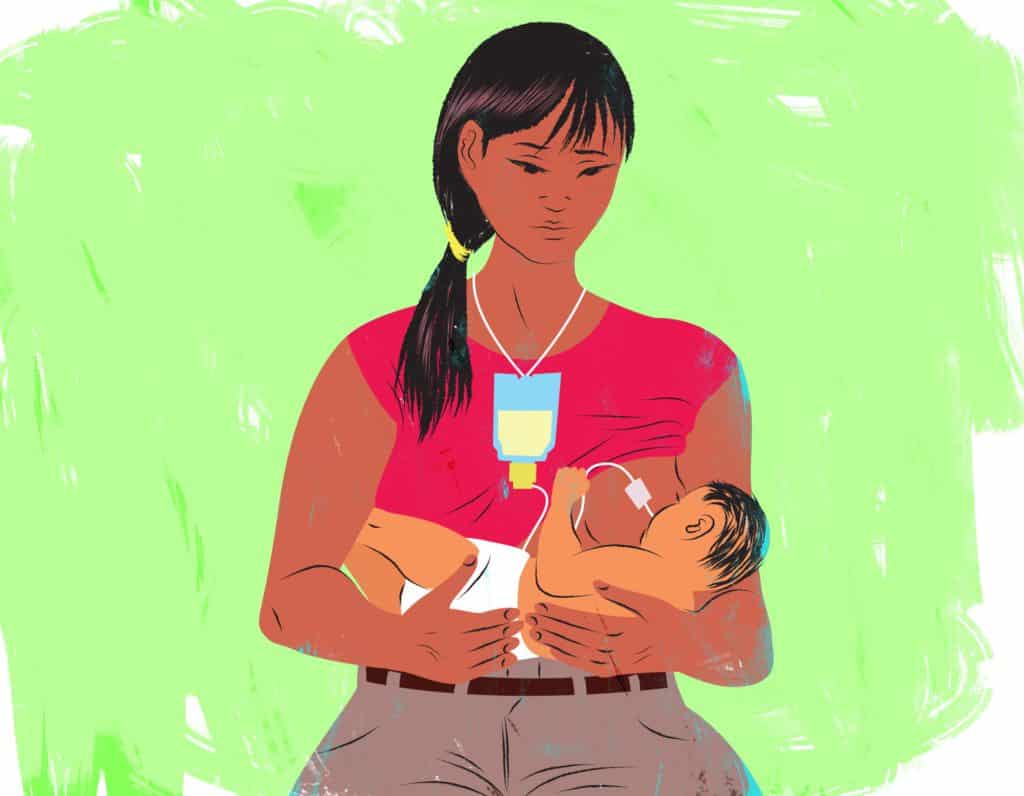Babies do not like to feel uncomfortable. Yes, we know you don’t too. One of the leading causes of discomfort
One of the occurrences that may give you disturbing attitudes from your baby is constipation. But before you get mad, bear in mind that it is a discomfort in your baby’s body system.

It’s not strange for babies to suffer from constipation especially during the transition from breastmilk to solid food. This is because the change alters the digestive system, leading to constipation.
What Exactly Is Prune Juice?
Prune juice is an extract from dried plums or prunes which contains nutrients that aid healthy living. They are a good supply of energy, laxatives and fiber which regulates bowel and bladder. Furthermore, prunes are therapeutic for constipation and prophylactic in aiding digestion.

In this article, you’d discover how to know if your child is constipated, the best time to administer prune juice, the right quantity to administer, and how long it takes for prune juice to relief constipation.

How do you know if your baby is constipated?
Whenever you notice a sudden change in the progression of bowel movements, there’s a chance that something is off with his/her digestive system.

Other specific signs of constipation in babies include:
- Pooing less than usual
- Inability to poo
- Experiencing difficulty in pooing usually marked by crying while pooing
- Pellet-shaped and hard poos
Why Is Prune Juice Good For Babies?
Prunes contain natural elements and vitamins which can serve as a possible remedy for constipation. These elements include iron, potassium and essential vitamins that are good for your child’s digestive health.
Furthermore, prune juice is a natural extract that works well for constipation. It is much more reliable and safer than other conventional medications. Research has proven that parents find prune juice more efficient than psyllium-containing medication and without the risk of detrimental side effects.
More so, administering prune juice to babies suffices for the three constituents that make up constipation treatment which are fruit, fiber & fluid. Fluid facilitates colon movement since constipation results from lack or inadequate fluid in the colon. Fiber facilitates processes in the colon while fruit contains sorbitol, a specific kind of sugar. This helps in retaining water and also ferments in the colon creating acetic acid and short chain fatty acids, which helps in colon mobility.
When Can You Administer Prune Juice?
The answer to this question varies from child to child. However, the best option is to wait until he/she is over a year old. At this point, prune juice is generally safe, although in small quantities.
Prune juice is not recommended for infants who are younger than a year unless it is recommended by your baby’s pediatrician.

How much of prune juice should your baby take?
The major determinant of the quantity of prune juice your baby should take is your baby’s age. For babies under six months, 1 tablespoon of prune juice diluted in 2 to 3 ounces of water is recommended. You may as well start with 3 ounces and work down to 2, to help your baby get accustomed to the taste of the juice. However, you can administer at least 1 ounce of prune juice in daily sequence for every month of age.
This sequence is exemplified for instance as follows:
- 1 month old baby will take up to 1 ounce a day
- 2 months old baby will take up to 2 ounces per day and in same manner as your baby progresses in age.
However, once your baby is six months old, you can begin to administer undiluted prune juice to your baby. This is because your baby’s system is quite strong enough to process it without complications. However, you still need to be cautious of the quantity you administer.
You can begin by administering 2 ounces of prune juice to your baby at a time without diluting it with water. When you do that, carefully assess to be certain that your baby has no concerns with easiness. If so, you can increase the quantity by giving your baby up to 8 ounces at a time. (Note that administration of prune juice to babies younger than a year must be recommended by your baby’s pediatrician)
Also…
It’s essential to ensure that your baby eats normal food and the specified formula schedule. This is because no matter how effective prune juice is, it can only serve as a supplement but not a replacement
Due to its core components (fiber, fruits & fluids), excess consumption of prune juice can lead to diarrhea. This is because too much water preserving sorbitol or water absorbing fiber and large quantity of colon movement fatty acids can flood the bowel and in no much time result to watery stool.
How Fast Does It Work?
Once again, the answer to this question varies from child to child. It also depends on his/her body composition. In some instances, it can take several hours after administering the drink before a therapeutic response is observed. For others, it may be far less.
Under normal circumstances, it should not take more than 24 hours for prune juice to help your baby get rid of constipation. It’s usually within 12 to 24 hours. However, it is advisable to reach out to your pediatrician if you find it ineffective in relieving constipation for your baby within 24 hours.
Conclusion
Prune juice is always a safe and effective way to help your baby get bowel movement and relieve discomfort.
Consult your pediatrician to know when it is safe for your baby to start taking prune juice and the quantity that is adequate. Also, if your baby does not find relief after 24 hours of administering the juice, see your doctor.
References
Melvin B. Heyman, Steven A. Abrams. (2017) Fruit Juice in Infants, Children, and Adolescents: Current Recommendations. Pediatrics Journal. Accessed on 5th March, 2021 from https://doi.org/10.1542/peds.2017-0967
El-Dakak Abeer M. N. H. (2013). Utilization of Prune Juice or Puree as a Laxative for Constipation Pregnant Rats Induced Iron Intake during Pregnancy and the Impact on Newborns. International Journal of Nutrition and Food Sciences. Accessed on 6th March, 2021 from https://www.researchgate.net/publication/275567768_Utilization_of_Prune_Juice_or_Puree_as_a_Laxative_for_Constipation_Pregnant_Rats_Induced_Iron_Intake_during_Pregnancy_and_the_Impact_on_Newborns




